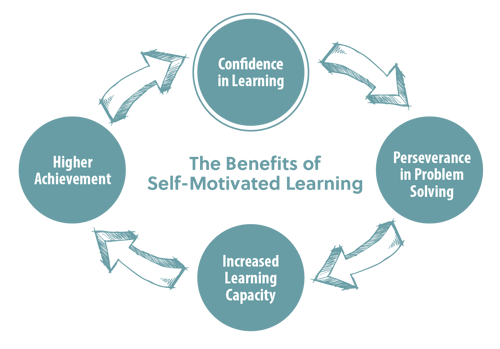
The gap we hear about the most is the achievement gap.
Consider, though, that to bridge the achievement gap students need learning experiences that change their perceptions about math and themselves.
What if students looked forward to math? What if all students could see themselves as capable and creative problem solvers? Imagine the impact on achievement.
To truly make an impact on the the achievement levels of minority and low-income students, we must worry less about the achievement gap and, instead, focus our efforts on closing the experience gap.
By shifting away from static, rote memorization that takes away from rich mathematical experiences, we have the power to change students' perceptions about math and themselves. Therefore, we must provide various platforms for students to experience math through exploration, playing and learning by doing.
Game-based math instruction offers students the opportunities to have rich and transformative learning experiences doing what they love to do: play!
A national survey found that 97% of 2-17 year olds play digital games. While that includes games made purely for entertainment, we can apply lessons learned from these games to create games that are both educational and engaging.

Research shows that leveraging your students' love for games in the classroom can make them stronger and more creative problem solvers.
Math, specifically, has interesting opportunities to utilize game-based learning to guide students deeper in the mathematical thinking and practices described in mathematical standards.
With well-designed learning games, students are intrinsically motivated to keep trying. They persist because they are engaged and believe they can succeed - by design, game levels will get more difficult, but always have a possible solution.
As students persevere in problem solving, they develop a belief in themselves that has powerful effects on learning.
The benefits of self-motivated learning include:

Learn more about how visualizing and experiencing math concepts through game play can guide students at all achievement levels to deeply understand mathematical concepts and thrive in the classroom and beyond.
Why We Should Worry Less About the "Achievement Gap" (Blog)
Instead of worrying about the outcome - the achievement gap - we should work to improve the root of the problem: the experience gap. Insights from a mathematician.
The Experience Gap and Informal Learning (Podcast)
MIND Research Institute’s Lead Mathematician Brandon Smith joins Brian LeTendre, host of the Inside Our MINDs podcast, to talk about the experience gap, informal learning and designing experiences that build culture and a relationship with math.
Closing the Learning Experience Gap | Download PDF>>
Did you know that, two-thirds of ST Math schools have Title I schoolwide programs and schools using ST Math® have doubled and tripled their growth in math proficiency?
ST Math is a PreK-8 visual instructional program that leverages the brain's innate spatial-temporal reasoning ability to solve mathematical problems. Its learning model is built upon a unique and patented approach that uses challenging puzzles, non-routine problem solving, and informative feedback to provide students with more equitable access to deep conceptual learning.

Edith Esparza is the Marketing Specialist at MIND and loves sharing her passion for learning.
Comment